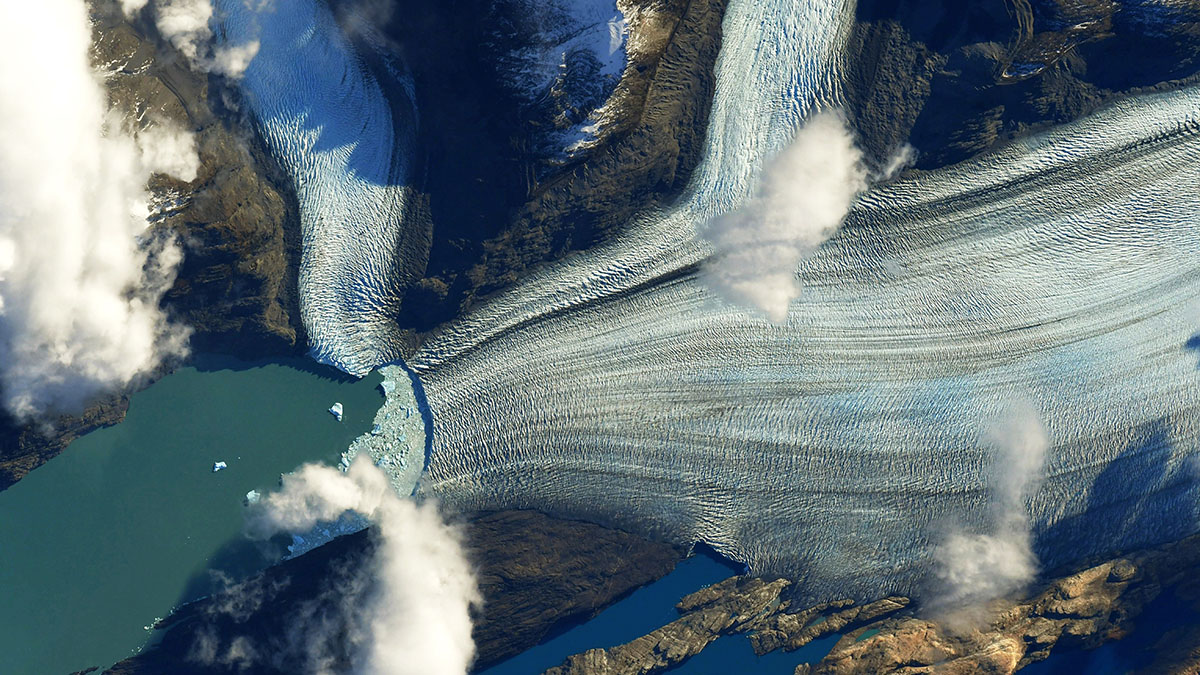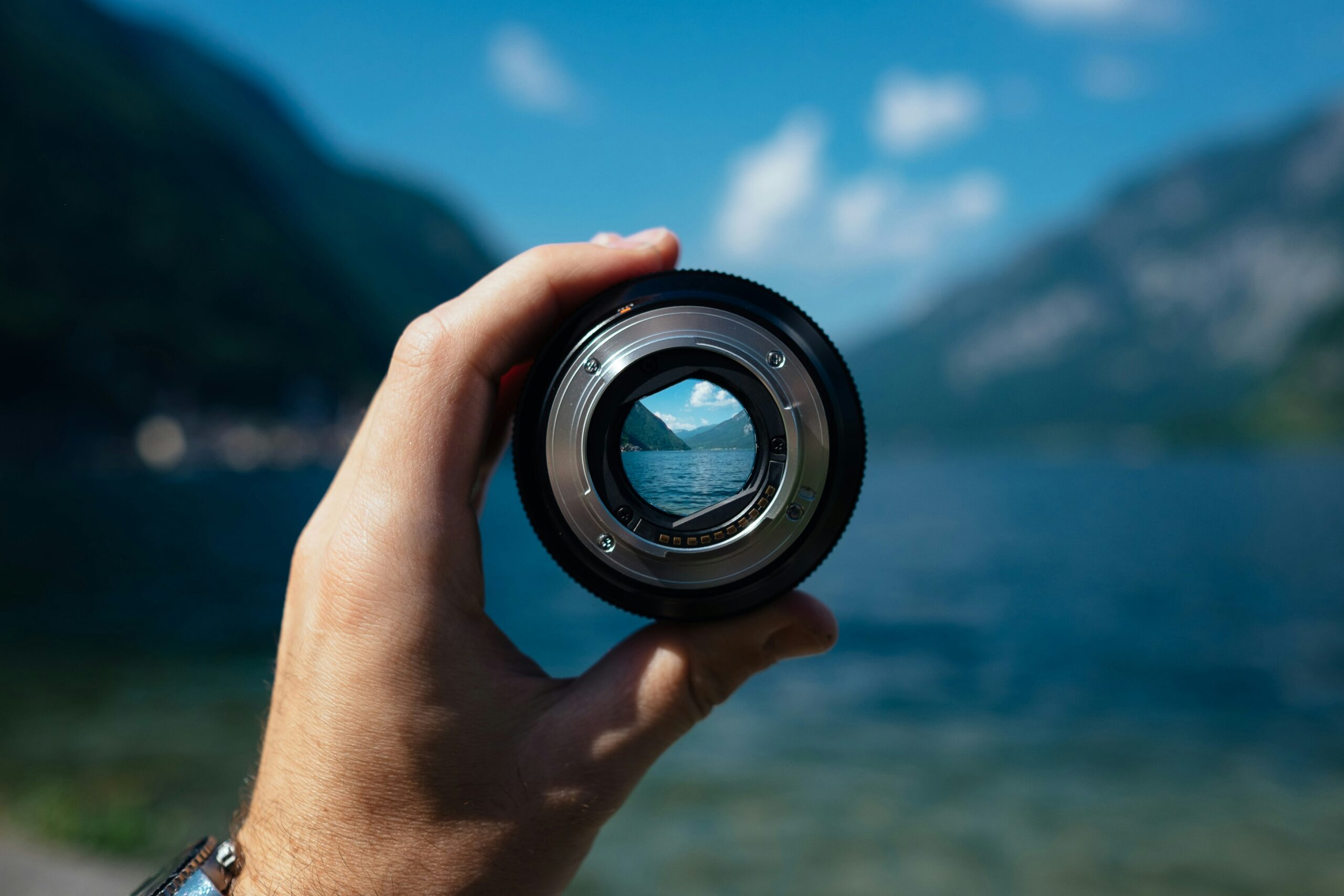HERE’S HOW .
How to use images – and how not to
Images can change people’s perception of climate change. They can make people feel disengaged, helpless and overwhelmed.
By Kristian Elster, Mahima Jain and Liam Mannix
The use of images in climate change articles is therefore a powerful tool, but must be used with consideration.
Be careful with old or illustrative photos.
Using old photos to illustrate something that is happening now is a way to invite criticism. One example was when the French president Emmanuel Macron in 2019 tweeted about fires in the Amazon rainforest. He included a picture that ostensibly showed the ongoing fires. It was quickly documented by several news outlets that it was an old picture, taken by a photographer who died in 2003. The uproar after this became public tended to drown out president Macron’s message.
Don’t illustrate climate disasters with fun photos
News organisations often turn to photos of revellers frolicking in the sun to illustrate heat-wave stories. Doing so misses the fact that these climate-change-driven events are the most-lethal natural disasters we have. Heatwaves in Europe in 2003, 2010 and 2023 killed between 55,000 and 72,000 people.
Have respect when showing poverty, despair and grief
Images of poor people, those in distress or suffering from undernourishment often illustrate the damage climate change is causing in Global south countries. However, these may strip the victims of dignity, violate their personal rights, and can also drive away readers as they signal doom and gloom. Photographers can choose to show resilience and action of the community in the face of the crisis, alongside the impacts.
Be relevant with photos
The use of a picture of a suffering polar bear is one of the classics of climate change photos. A study from the UK shows that polar bear visuals averaged between 2 and 6 percent of climate visual news coverage during the period 2000-2010. But this is not relevant for most people, who live far from the bears. In an article by Royal Meteorological Society says that Oxfam and Christian Aid have adopted the slogan “people not polar bears” for their illustrative campaigns.

Collaborate with local photographers
In places that are hard to reach, consider collaborating with local and citizen photographers who live in the communities. Collaborating with such photographers also lends a local and insider insight to the story. Many local documentary photographers and photojournalists can be found on social media platforms running local pages showcasing the life of their community. For instance, Jeremie Onyango is a documentary photographer from Nairobi, Kenya alongside his colleagues he extensively documents Kibera, one of Africa’s largest urban slums. In India, Palani Kumar, a photojournalist in Chennai, covers marginalised castes and coastal communities across India while also training students to become photographers.
Use humour
The 2023 European Broadcasting Corporation’s report Climate Journalism That Works, notes that newsrooms need to approach “different audiences in different ways, and on testing unfamiliar strategies, including gamification and possibly humour.” While British climate scientist and stand up comic Matt Winning is one example cited in the report, there are others around the world who are experimenting in different forms. Such as “Green Humour”, a comic strip by Indian artist Rohan Chakravarty, and “Arctic Circle” by cartoonist Alex Hallat.
Use captivating photography
Professional and other photographers often take impressive pictures from climate events, the beauty of nature and/or its loss. The big agencies often have a large selection of such photos. NRK made this story of climate events in 2023 Research shows that this is a good way to reach young readers.
Create elements that can be reused
Graphics, charts, and monitors to track and illustrate key components of climate change coverage are great visual assets and elements to invest in. They can be plugged into different stories as explainers or add-ons. For example, Norwegian broadcaster NRK’s ‘climate dashboard’ contains a data bank of automatically-updated graphs and charts on warming, CO2 concentration, and the country’s progress on its climate targets that can be embedded into any story.
Menu



